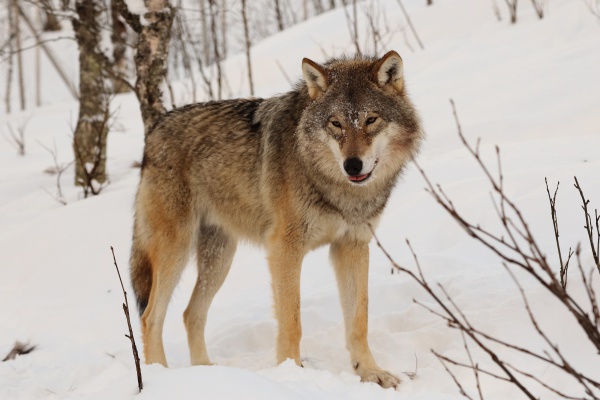Facts About Eurasian wolf
The Eurasian wolf, also known as the common wolf or Middle Russian forest wolf, is a subspecies of the gray wolf found across Europe and the forest and steppe regions of the former Soviet Union. Before the Middle Ages, these wolves roamed extensively throughout Eurasia. The abundance and cultural significance of the wolf in various societies are evident from the numerous terms for "wolf" in many Indo-European languages.
As the largest of the Old World gray wolves, Eurasian wolves typically weigh around 39 kg in Europe. However, some exceptionally large individuals have been recorded weighing between 69 and 79 kg.
Their diet primarily consists of wild ungulates such as moose, red deer, roe deer, and wild boar. In areas with significant human activity, they might also feed on livestock and refuse. One distinctive feature of the Eurasian wolf is its howl, which is more prolonged and melodious compared to the howls of North American gray wolves.
The range of the Eurasian wolf has fluctuated over time. During the Middle Ages and beyond, wolves were exterminated in several European countries. However, since the 1950s, wolf populations have begun to recover in various parts of Europe, thanks to reduced human density in rural areas and the resurgence of wild prey populations.
The relationship between wolves and humans has always been complex. Wolves appear in numerous myths and legends across Eurasian cultures. Some cultures revered them as symbols of power and protection, while others viewed them negatively. There have been instances of wolf attacks on humans, with records of fatalities caused by both rabid and non-rabid wolves in different European countries.
The story of the Eurasian wolf's decline and subsequent recovery underscores the intricate interactions between humans and wildlife. It also highlights the importance of conservation efforts to ensure the survival of this iconic species in the modern world.

 North Macedonia
North Macedonia